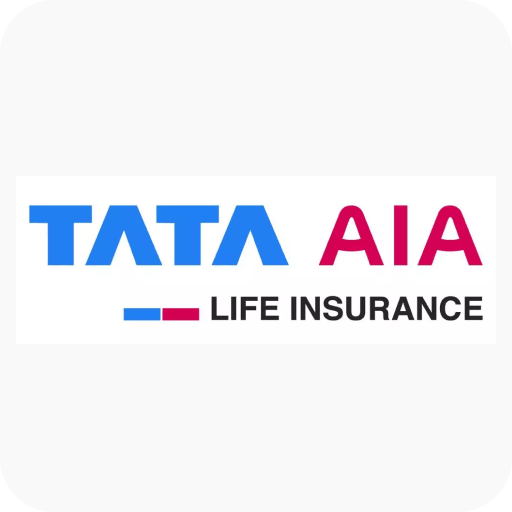TATA AIA Maha Raksha Supreme vs TATA AIA Sampoorna Raksha Supreme
Introduction
In principle, term insurance comparisons should be relatively straightforward. It’s a commodity after all. The insurance company is expected to pay a certain sum to the nominees in the event the policyholder passes away. And there isn’t any room for confusion either since death is final in most cases. However, in reality, it can be extremely complicated considering the number of life insurance companies plying their trade in India and the variety of features and add-ons they market alongside their term insurance product.
So to fully understand the difference between two term insurance products we have to be nuanced in our approach and we have to set some ground rules.
For starters, both policies, Maha Raksha Supreme and Sampoorna Raksha Supreme are marketed by the same insurance company. So in some ways, a lot of the differences within the product will be limited to the features themselves.
Second, we have to look at pricing. Unfortunately, we cannot capture this data fully considering the final price can depend on many factors including your age, location, smoking habits etc. This means we are limiting our comparison in some ways and it isn’t a perfect evaluation.
Finally, it’s important to talk to an actual advisor before you make up your mind. So we recommend booking a call with us before you go ahead.
And with that introduction out of the way, we can get to comparing the actual policies themselves.

Talk to IRDAI-certified experts
If you’re looking to understand your current policy or buy a new one, you can talk to an expert for FREE by clicking here. Book a call now, limited slots only!
Feature Comparison

If you’re ever diagnosed with a debilitating illness, you would want your insurance policy to pay a fixed sum so that you can deal with any monetary obligations you may have. This is called a critical illness benefit. And with the two policies in question, it seems both extend pretty good critical illness riders. However in both cases the payout is subject to several conditions, and payment of an extra premium.
Payouts for critical illnesses aren’t made immediately. Instead, most policies expect you to survive for a certain duration before they make the payment. In this case, however, both policies will initiate the payment 30 days after the diagnosis is confirmed.
Some policies will pay out the critical illness (CI) benefit from the total term cover available (Accelerated payout) while also offering you the option to avail it on top of the total term cover available. In this case, however, both policies will pay out the critical illness benefit on top of the total term cover available, offering you a little extra security. So there’s no difference here.
Most policies impose a waiting period before they make the Critical Illness Benefit available. And in this case, both policies impose 90 days waiting periods before making the benefit available to retail policyholders.

Some insurers will return all your premiums if you forego your policy before maturity, during a period specified by the insurer. In essence, you get all your premiums back, while also being protected under the term plan during this time. Unfortunately, neither policy you’re looking to compare extends this option.

Maha Raksha Supreme waives off all future premium payments if you are ever disabled (in an accident) or diagnosed with certain critical illnesses, while Sampoorna Raksha Supreme offers no such benefit.

Some policies offer you the option of adding extra protection for accidental deaths. In which case, you get the option of choosing your death and accidental death cover separately. And while we recommend customers choose a comprehensive cover without worrying about the specifics of death precisely, you should find comfort in the fact that both policies extend this option anyway.


Total Permanent Disability
Some policies offer you a monthly income or a large lumpsum in the event you are disabled totally for life. And in this case, both policies have made this option available.

Some policies will disburse the entire cover amount the moment you are diagnosed with a terminal illness. So even in the absence of death, you can still get the money and use it any way you wish. In this case however, both policies extend the terminal illness benefit.
Final Conclusion
After evaluating the individual policy features we believe Maha Raksha Supreme is a clearly better alternative when compared to Sampoorna Raksha Supreme.



